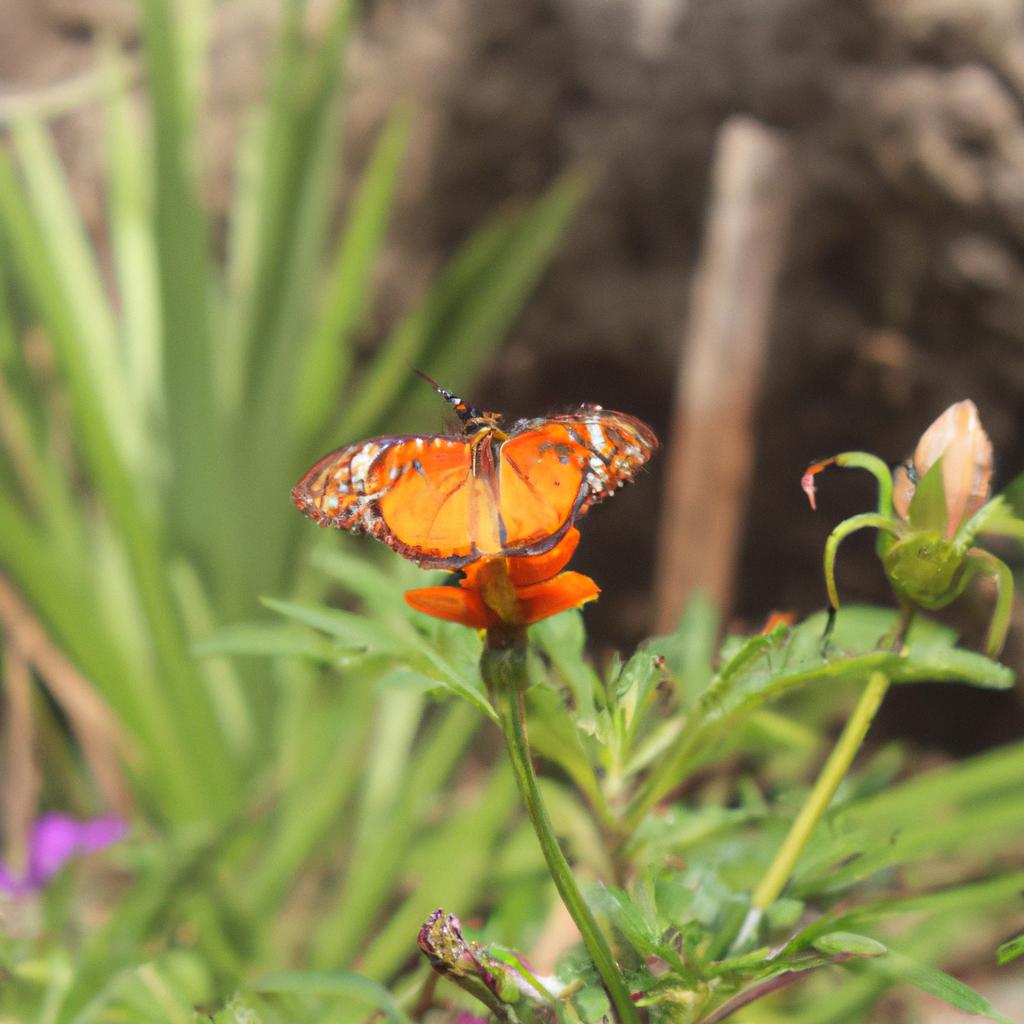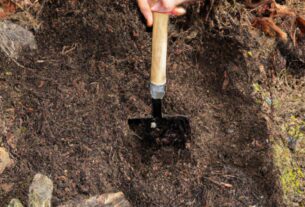If you’re a nature lover, you’ve likely spent countless hours marveling at the exquisite beauty of butterflies. These delicate creatures not only captivate us with their graceful flight but also play a vital role in pollination. However, the decline of butterfly populations in recent years has become a growing concern for conservationists. That’s why creating a garden that attracts butterflies is not only a beautiful addition to your home but also a way to support the environment.
The Fascinating World of Garden Butterflies
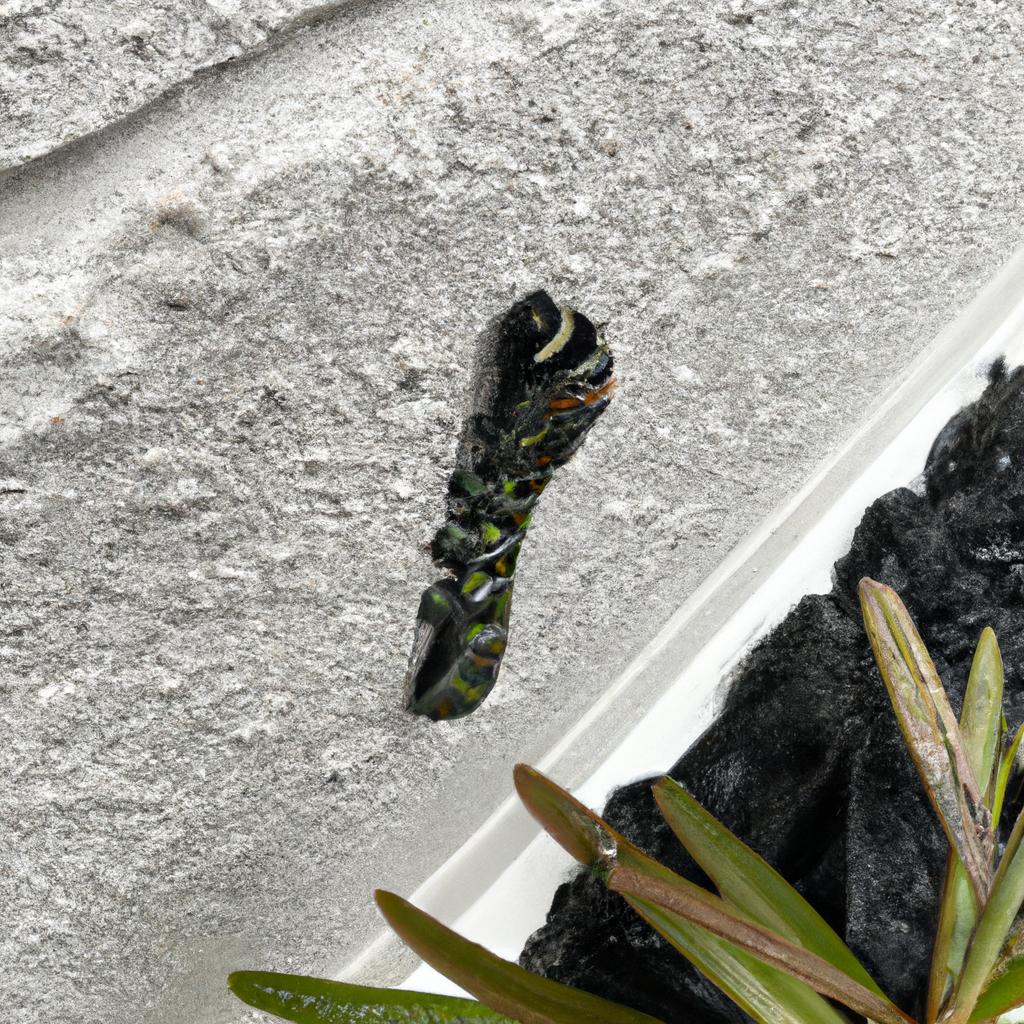
There are over 20,000 species of butterflies worldwide, with approximately 750 of them found in North America alone. Identifying the various types of garden butterflies can be an exciting and rewarding endeavor for nature enthusiasts. One of the most common garden butterflies is the Monarch butterfly, known for its vibrant orange and black wings and its remarkable long-distance migration from Canada to Mexico. Other popular garden butterflies include the Painted Lady, the Swallowtail, and the Red Admiral. Each species possesses unique characteristics and behaviors, making them endlessly fascinating to observe. Understanding the different types of garden butterflies can be helpful when it comes to attracting them to your garden. Certain species have specific plant and flower preferences for feeding, so planting these in your garden can increase your chances of attracting these beautiful creatures.
Welcoming Garden Butterflies to Your Yard
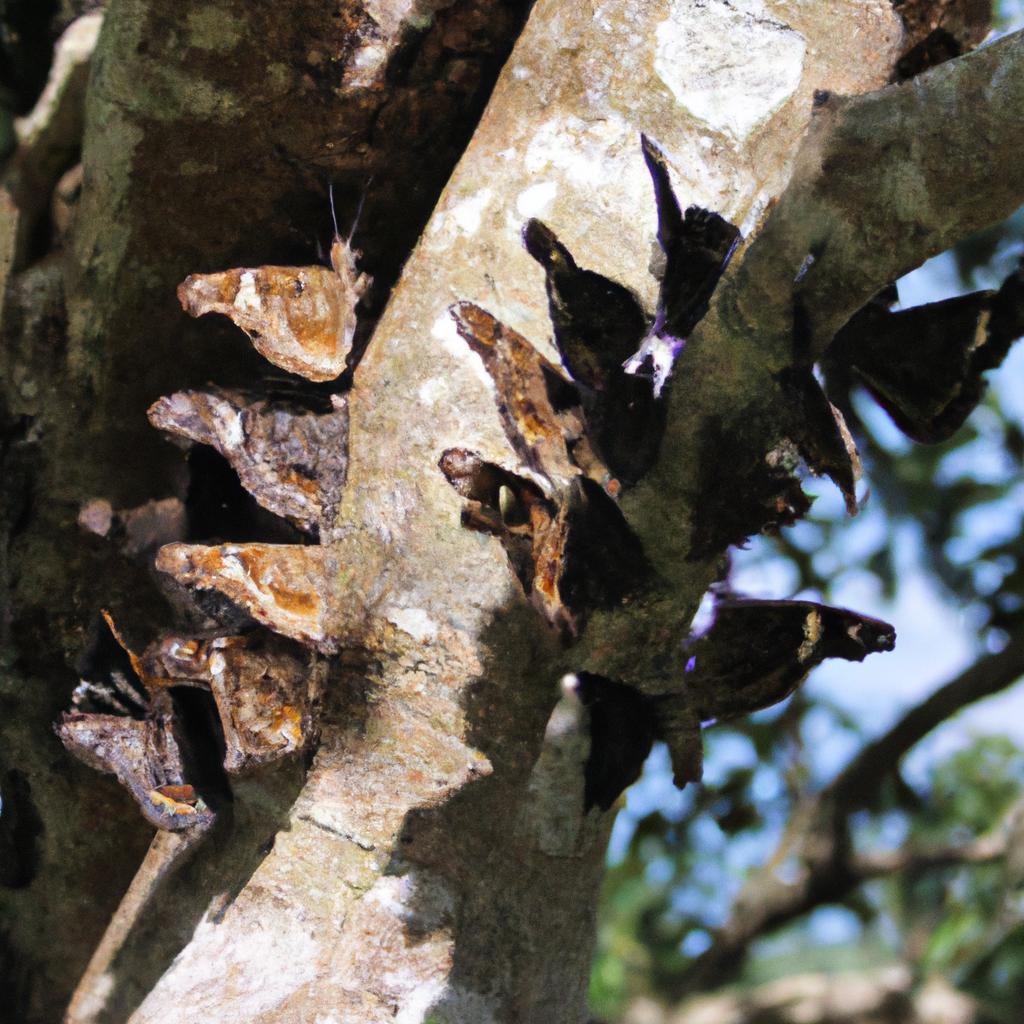
Attracting garden butterflies to your yard is a simple and rewarding task. Here are some tips to create a garden that invites these delightful creatures:
-
Plant a Butterfly Garden: Designate a specific space in your yard for butterfly-friendly plants. This will attract a variety of butterfly species to your garden.
-
Provide Shelter: Butterflies need places to rest and hide from predators. Ensure your garden includes areas with tall grasses and shrubs to fulfill their sheltering needs.
-
Choose the Right Plants: Butterflies are attracted to specific flowers such as milkweed, coneflowers, and butterfly bush. Research the native plants in your area and make sure to include them in your garden.
-
Avoid Pesticides: Pesticides harm not only butterflies but also contaminate their food sources. Instead, opt for natural pest control methods or plant species that naturally repel pests.
By creating a welcoming environment for butterflies, you can help support their populations and savor the beauty they bring to your garden.
The Essential Role of Garden Butterflies in the Ecosystem
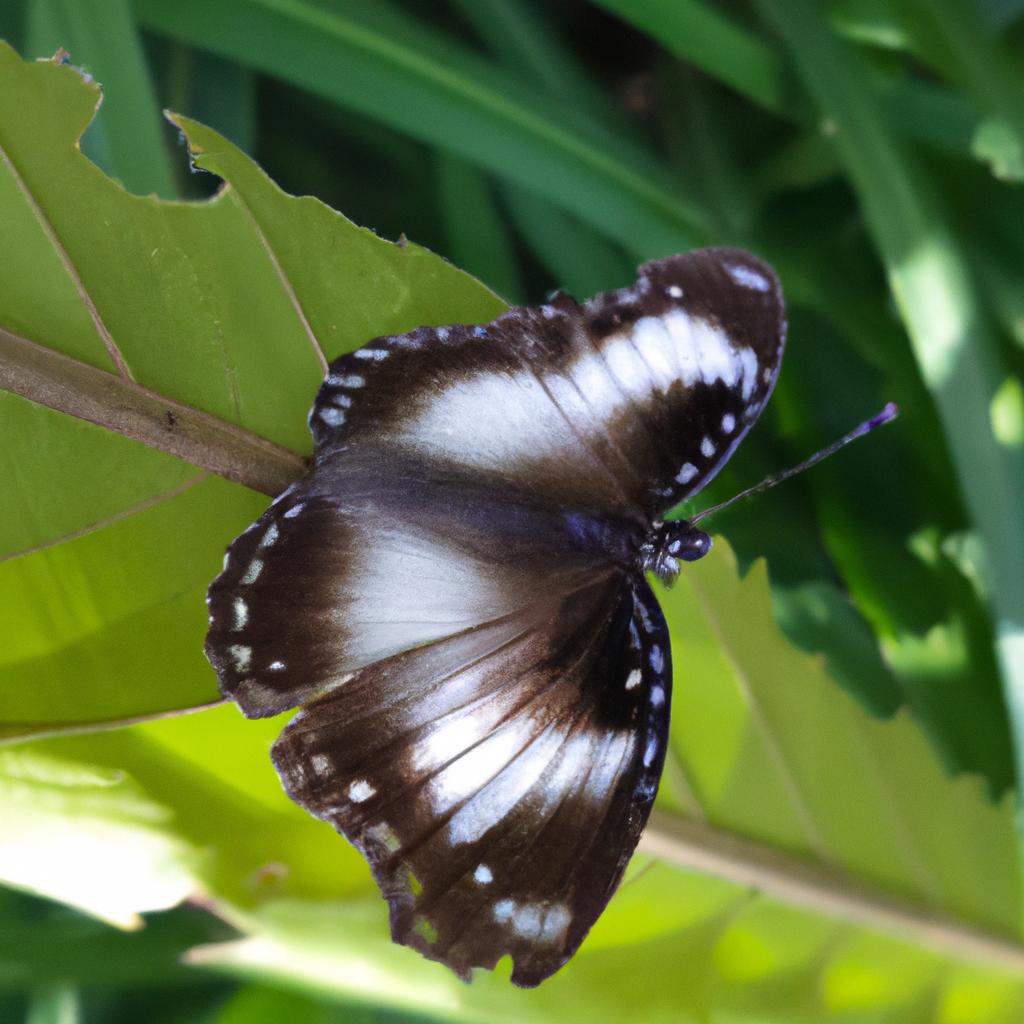
Butterflies play a crucial role in the ecosystem, particularly in pollination. As they feed on nectar, they transfer pollen from one plant to another, fertilizing flowers and enabling seed production. This process is vital for plant reproduction and the growth of new plant life.
Butterflies also serve as a significant food source for other animals in the food chain. Birds, bats, and even certain insects, like spiders and ants, rely on butterflies for sustenance. Without butterflies, these animals would struggle to find the necessary nutrients to survive.
Regrettably, butterfly populations have been dwindling due to factors such as habitat loss, climate change, and pesticide use. By creating a garden that attracts butterflies, you can help support their populations and contribute to the overall health of the ecosystem.
In conclusion, creating a garden that attracts butterflies is not only a beautiful addition to your home but also an impactful way to support the environment. By following the aforementioned tips, you can establish an inviting environment for these delicate creatures and assist in bolstering their populations. As we continue to recognize the significance of biodiversity preservation, supporting butterfly populations represents a small yet meaningful step towards a healthier planet.
Identifying Threats to Garden Butterflies
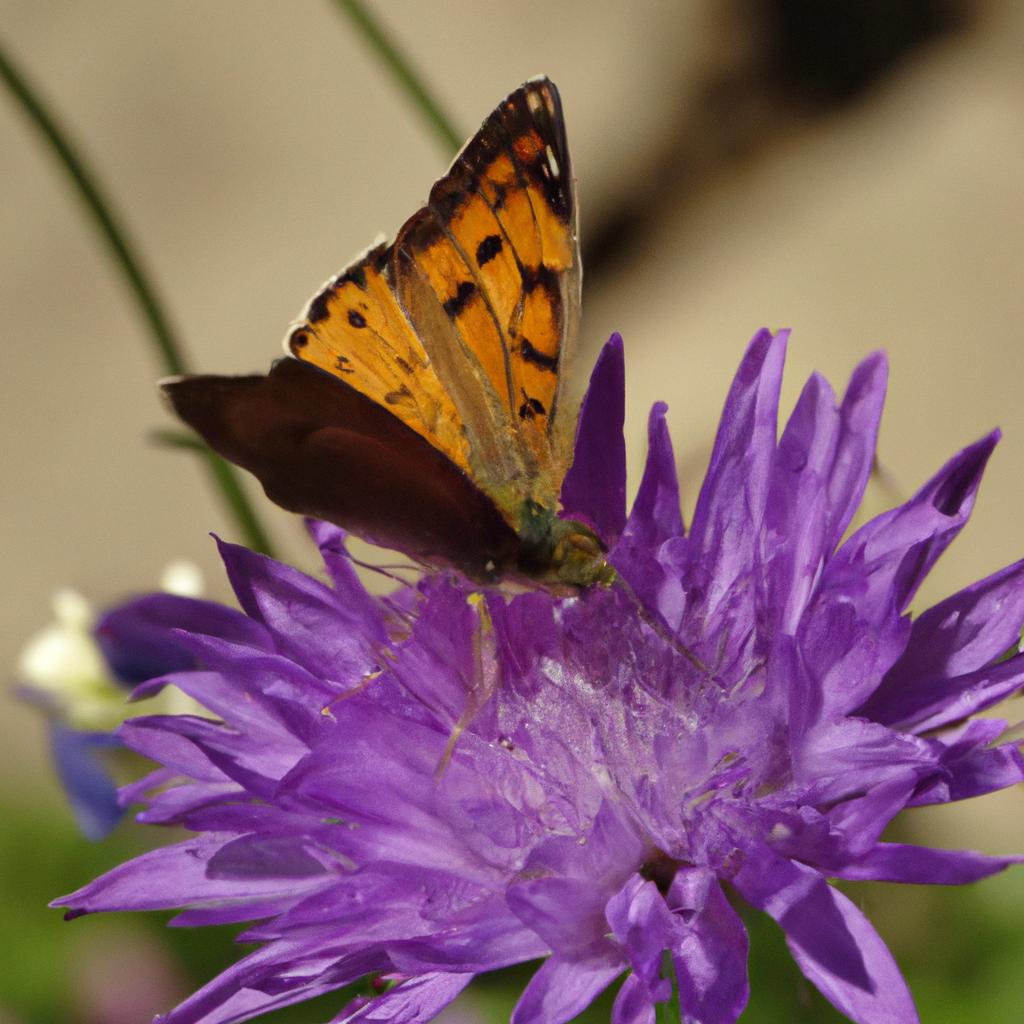
Unfortunately, butterflies face numerous threats due to human activities. One of the most significant threats arises from habitat loss. Rapid urbanization and industrialization lead to the destruction of butterflies’ natural habitats, such as meadows, fields, and forests. Pesticides and herbicides used in agriculture and gardening also pose a significant risk to butterflies. These chemicals can harm or kill butterflies directly or indirectly by destroying the plants they rely on for food and shelter.
Measures to Safeguard Garden Butterflies
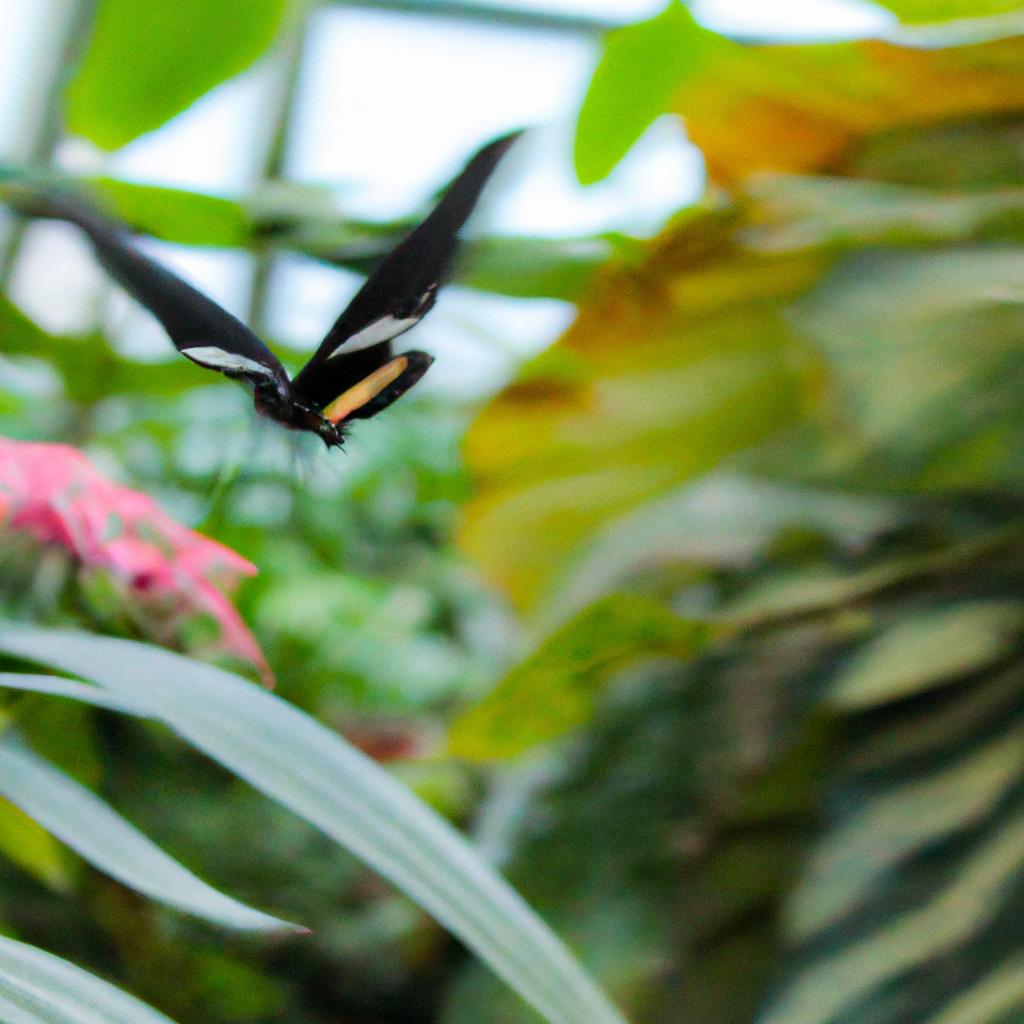
Conservationists and nature enthusiasts are taking steps to protect garden butterflies from these threats. To combat habitat loss, creating butterfly gardens and butterfly houses can provide crucial breeding and feeding grounds. Using natural pest control methods, such as companion planting or introducing beneficial insects, helps reduce the use of harmful chemicals in gardening and agriculture. Additionally, avoiding the use of pesticides and herbicides in your garden altogether can significantly contribute to butterfly protection.
Supporting conservation organizations working to preserve butterfly habitats and populations is another effective way to protect garden butterflies. By donating to or volunteering with organizations like Monarch Watch or the Xerces Society, you can help support research and conservation efforts aimed at protecting these beautiful creatures.
Conclusion
In conclusion, garden butterflies bring not only beauty but also essential contributions to the environment. They play a critical role in pollination and act as indicators of a healthy ecosystem. However, their populations are under threat from human activities, including habitat loss and the use of harmful chemicals. By creating butterfly gardens, avoiding pesticides and herbicides, and supporting conservation organizations, we can actively protect these delicate creatures and secure their survival for future generations. Let’s all do our part to protect garden butterflies and the environment.
To learn more about TooLacks, click here.
